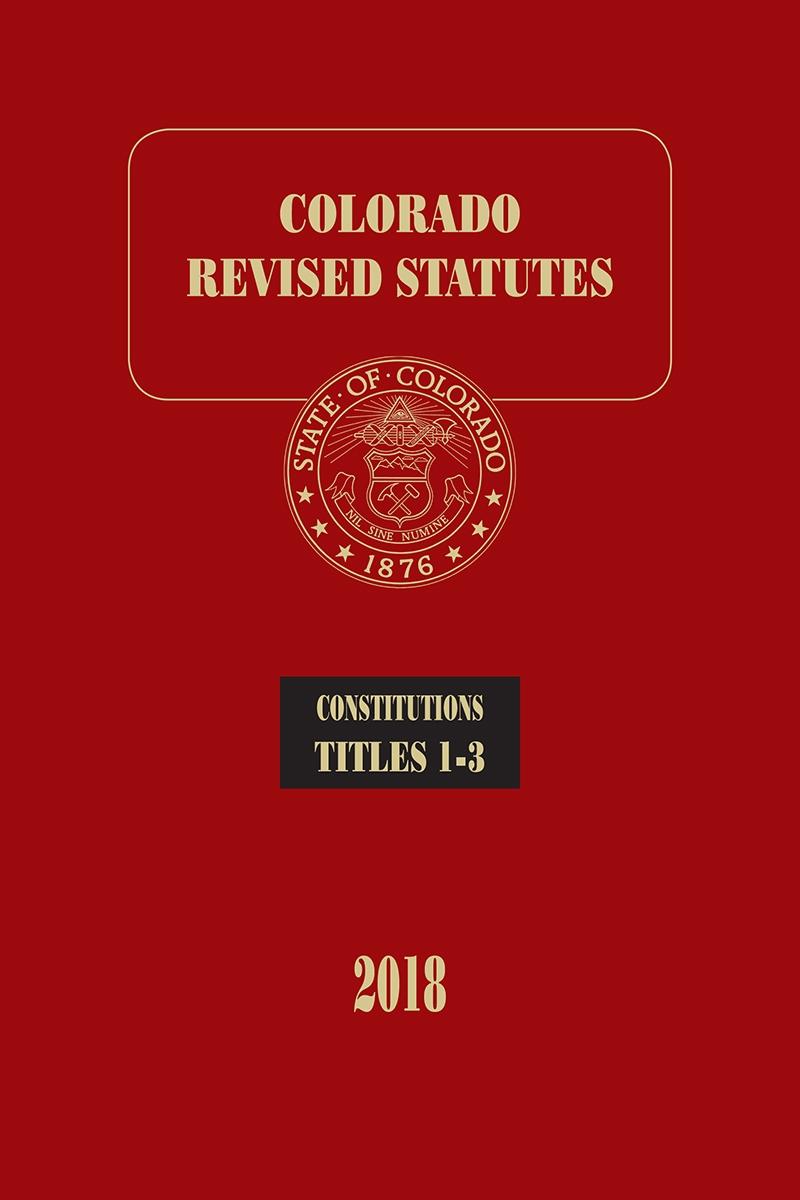Statutes and regulations are the ground rules created by governments and make up the bulk of the laws that govern a society. The major difference between statutes and regulations is how they are created. Statutes also referred to as codes, are laws written and enacted by the legislative branch of government (e.g, U.S. Congress, state legislators). Regulations also referred to as rules, are written by agencies (e.g., Environmental Protection Agency) to supplement laws that were passed by the legislature. Sometimes disputes arise over the meaning of a statute or regulation and that is when courts must intervene to issue court rulings that interpret statutes more clearly.
Find Statutes and Regulations by Citation with Get a Doc Assistance

Here are some terms you may encounter when researching federal or state statutes:
Annotated Codes: Publications that combine state or federal statutes with summaries of cases that have interpreted the statutes. With a few rare exceptions, annotated codes are only available in a law library or on subscriber-based legal websites.
Bill: What a statute is called when it is introduced in Congress or a state legislature. When a bill is passed by both houses and the President or a state governor, it becomes a law and will usually be published according to its bill number in a publication called "Session Laws" or "Statutes at Large."
Bill Number: Bills are referred to by number. The number really has two parts: the abbreviation for the specific wing of the legislature in which the bill is introduced, as in HB (house bill) or SB (senate bill), and the number which identifies the particular bill, as in HB 1507.
Chapter: A term that identifies a group of related state or federal statutes that have been gathered together within a particular Title or Code.
Chaptered: A bill becomes chaptered if it is approved by the legislature and signed by the governor.
Citation: Formal references to statutes that describe where they are published. For instance, the citation 23 Vt. Stat. Ann. § 1185 tells us that this cited statute is Section 1185 of Title 23 of the Vermont Statutes Annotated. And the federal citation 42 U.S.C. § 1395 tells us that this cited federal statute can be found in Title 42, Section 1395 of the United States Code.
Code: In general, the term "code" refers to the main body of statutes of the jurisdiction (for example, the United States Code or the Arizona Revised Statutes). The statutes that are published in a state’s code are grouped by subject matter into Titles, as in Title 11 of the United States Code (bankruptcy laws). In some states, including California, Texas and New York, the term "code" may be used both to refer to the overall collection of statutes and the separate subject matter groupings of statutes, as in "Penal Code," "Family Code," or "Probate Code."
Engrossed: A bill is engrossed when a legislative body (such as the House) votes to approve it and sends it on to the other legislative body (such as the Senate).
Enrolled: A bill is enrolled when both houses of a legislative body have voted to approve it and it has been sent to the executive branch (the President or a state governor) for signing.
Legislative history: Assorted materials generated in the course of creating legislation, including committee reports, analysis by legislative counsel, floor debates, and a history of actions taken. Legislative history for recently enacted federal statutes can be found at http://thomas.loc.gov/home/thomas.php. Legislative history for state statutes is sparse and not easily found on the Web.
Regulation: A rule, adopted under authority granted by a statute, issued by a municipal, county, state, or federal agency. Although not laws, they have the force of law and often include penalties for violations. Regulations are not generally published in the books that contain state statutes or federal laws, but often must be obtained from the agency. To adopt a regulation, an agency usually drafts the rule, publishes it in governmental journals intended to give public notice, holds hearings, and then adopts a final, revised regulation. The process is best known to industries and groups concerned with the subject matter. Federal regulations are adopted under the procedure set out in the federal Administrative Procedure Act (APA); states usually follow similar procedures.
Session Laws: When bills become law, they are published in a text according to the session of the legislature that enacted them into law. For instance, laws passed by the California legislature in 1999 were passed in the 1999-2000 session. The individual laws in the publication for a particular session (such as Session Laws 1999-2000) can be found according to their original bill number.
Statutes at Large: See Session Laws.
Statutory Schemes: Groups of statutes that relate to one particular subject. For instance, all of the federal statutes that make up Title VII of the Civil Rights Act (which forbids employment discrimination and sexual harassment) are known as a “statutory scheme” because they are all related to each other.
Title: In the federal system and in some states, "title" is used to denote a collection of state or federal statutes by subject matter, as in Title 11 of the U.S. Code for bankruptcy statutes or Title 42 of the U.S. Code for civil rights statutes. Title is also used to denote a group of statutes within a larger set of statutes, as in Title IX of the Civil Rights Act (which itself is located in Title 42 of the U.S. Code).
Source: Nolo's Plain-English Law Dictionary. (n.d.). Retrieved from https://www.nolo.com/dictionary

Ask Us About: